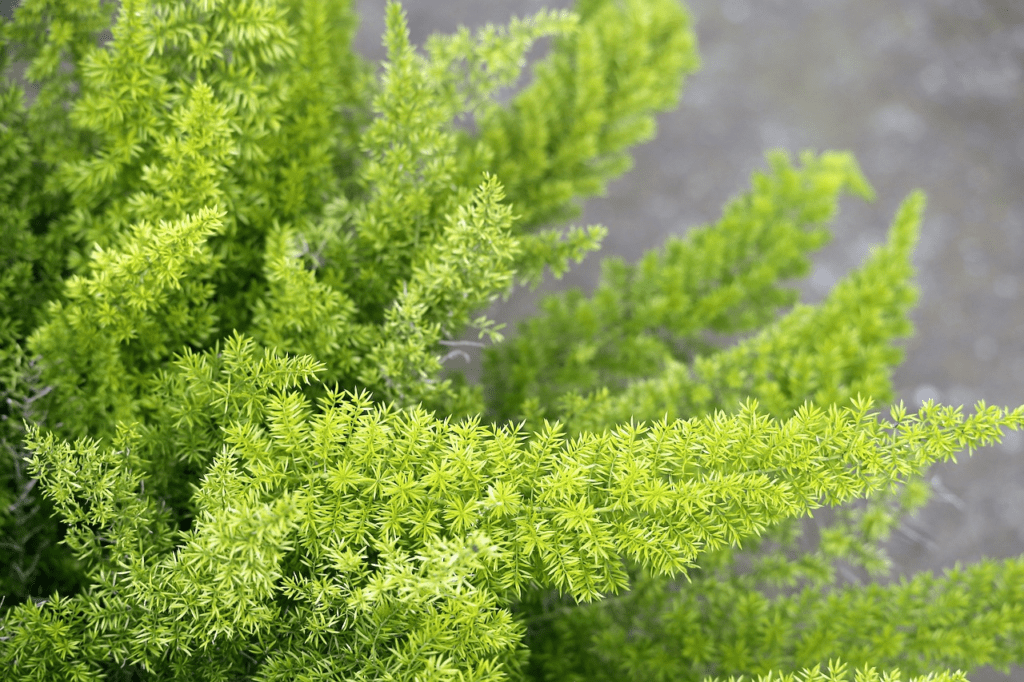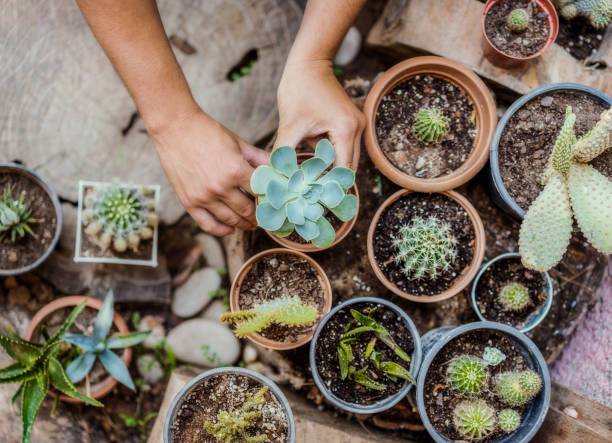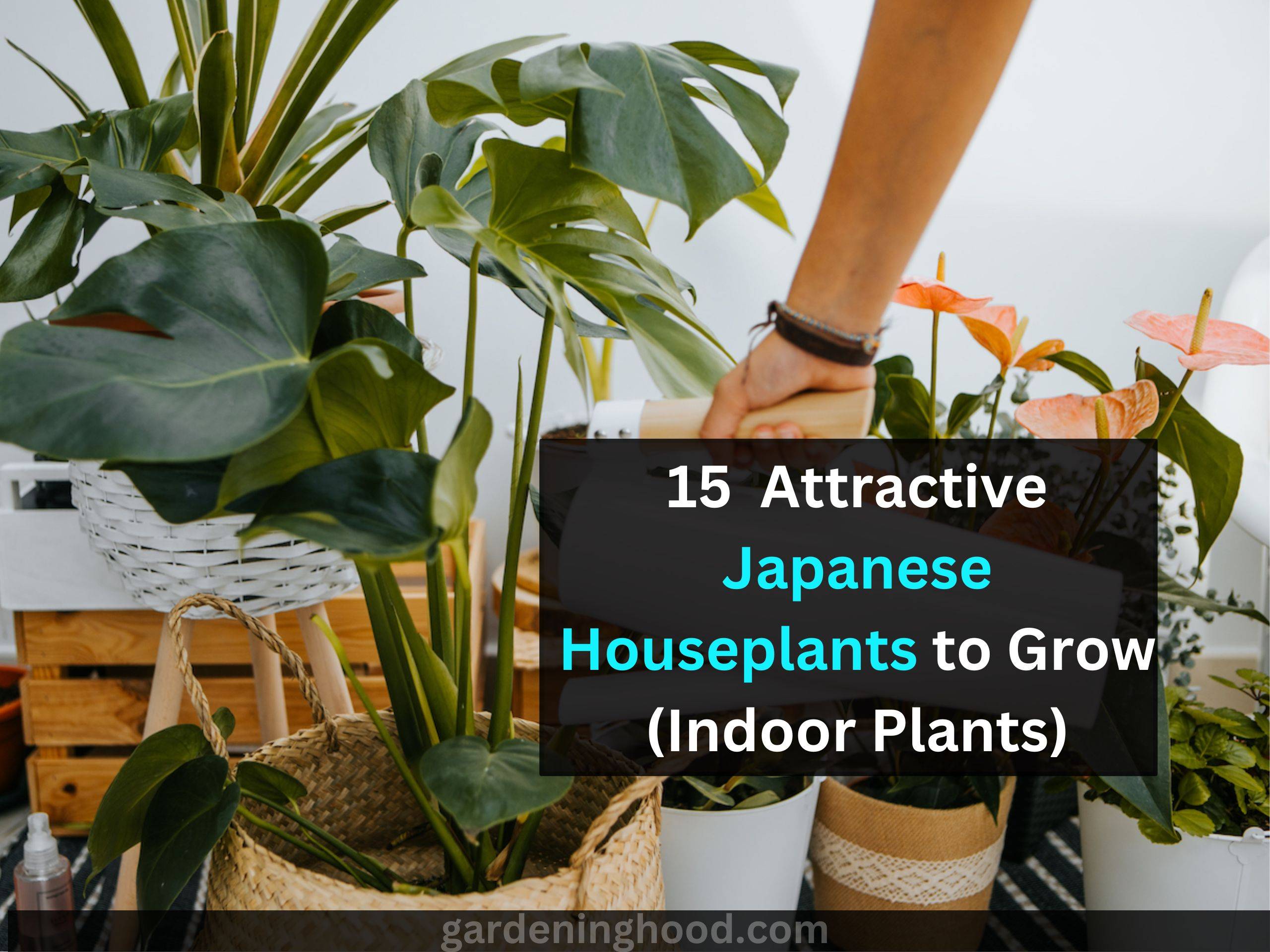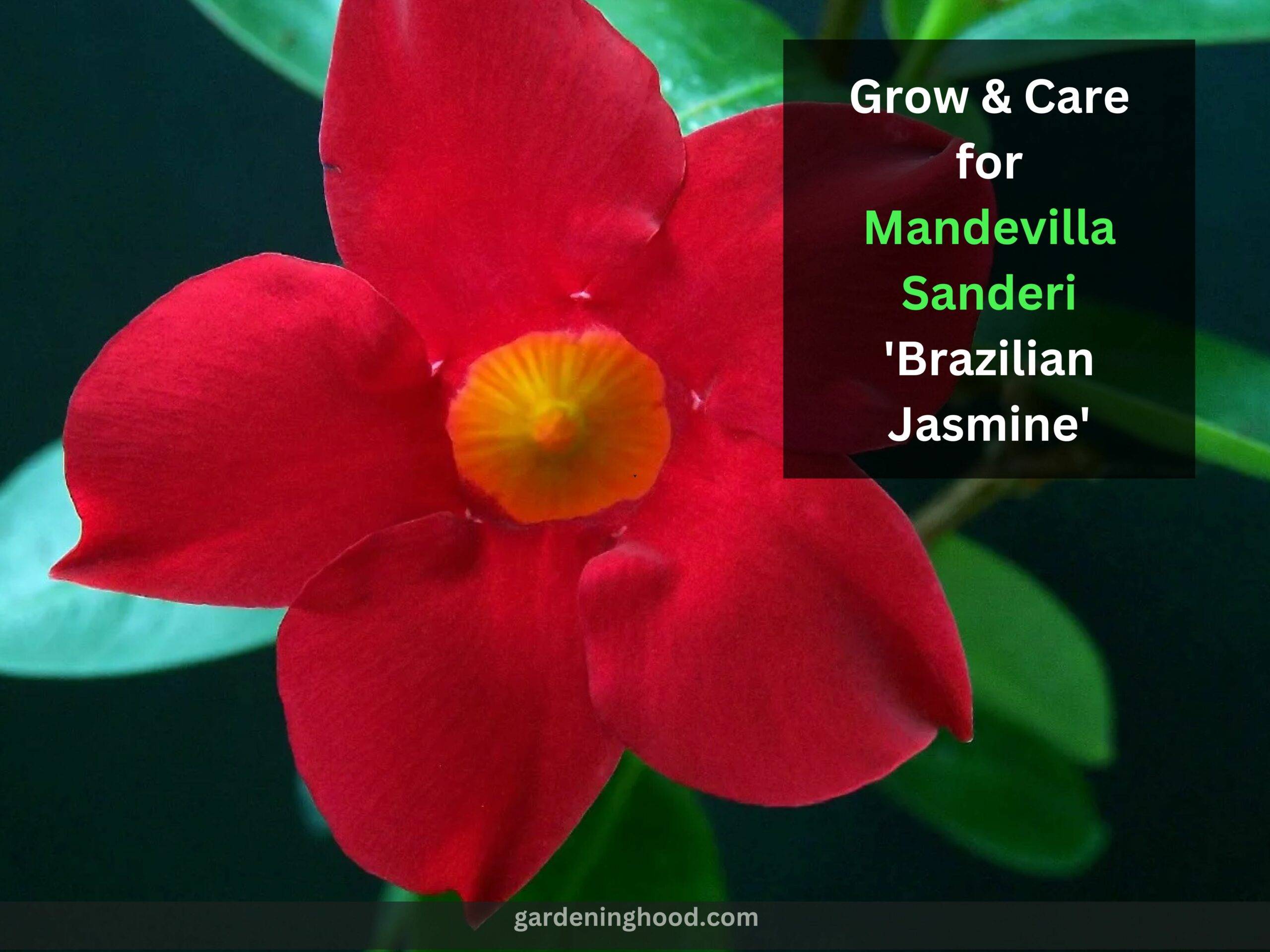Top 13 Houseplants For Medium Light Conditions – Medium Light Houseplants
Hey folks! Welcome back!
I hope your garden is prospering and touching the sky with your efforts. Are you in search of some Houseplants For Medium Light Conditions? Not all plants need high intensity of light, some plants like medium light whereas other plants like low light to thrive well like snake plants, pothos, Calathea, Homalomena, etc.
Quick takeaways:
- Medium-intensity light-loving plants can grow with LED bulbs as well. They need filtered light whether direct or indirect.
- In the case of sunlight, they like the indirect type. The east-facing windows and west-facing windows are favorable to grow these plants. If the window is facing west or southeast that still would work.
What is medium light for plants?
The medium light indicates the intensity of light. The light is filtered by a medium between the sun and the plants.
The medium can be glass windows, lightweight curtains, etc. This high light is converted into the medium light that is coming as high light from a light source.
How much light is medium-light for plants?
In case you are wondering how much light is medium-light for plants, the non-Si unit that is used is ‘foot candles.’ In the case of natural light, medium-light plants like 250 to 1000 candles.
On the other hand, in artificial light, the foot-candle range should be between 500 and 1000-foot candles which these plants would prefer.
Best Houseplants For Medium Light Conditions
Below is the list of the best houseplants for medium-light conditions. They are explained beautiful below:
African violet:(Saintpaulia ionantha)
With pink or purple colored flowers, the African violets are great bloomers and indoor plants that don’t demand much light. They also can thrive well with blooms in humidity. The soil should be moist enough with good drainage.
Care: avoid overhead watering
Use the water-soluble fertilizer
Begonia
Begonia plants have beautiful multiple-colored flowers. They like well-drained soil, with good moisture and moderate intensity of sunlight.
They can thrive well in partial shade too. This showy foliage plant is great both to place indoors as well as outdoors. They need 4-6 hours of filtered sunlight by the window.
Care: Regular watering is essential, don’t let the soil sit in the water
Fertilize one time a month.
Boston fern(Nephrolepis exaltata)
Boston Fern is among the classic houseplants of many states of North America. These plants are another star of our houses, as they don’t need much sunlight and are easy to grow.
They look a lot like a sword with their leaves, also called sword ferns.
Care: Soil should be most well-drained having acidic pH.
Make sure to feed them with 20-10-20 water-soluble fertilizers once a month in summers, and springs only.
Christmas cactus(Schlumbergera)
With so many names like Thanksgiving cactus, Halloween cactus, and Easter cactus, the Christmas cactus is so moody with its blooms.
It’s like they give you surprise blooms approaching festivals. They don’t like much sunlight, watering is not much needed until the soil is dry.
Care: Provide less water during winter
High potassium should be there in the fertilizer in the early growth phase.
Bird’s Nest Fern(Asplenium nidus)
These plants are epiphytic. They can be designed in various ways by using another plant. The leaves are shiny and plants need moderate sunlight with partial shade. The height is about 2 feet long they are usually grown as houseplants. They need loamy soil towards the acidic medium.
Care:
Need high humidity
The leaves are not that strong, touching young leaves is not recommended.
Dumb cane (Dieffenbachia Amoena)
Dumb cane plants are effortless to grow just like Woodland Phlox. The leaves come in patterns with white spots. The plants want medium-light to high humidity to thrive. They are perfect indoor plants.
Care: Keep the soil moist but avoid it sogging
Indirect sunlight is needed, and improper lighting will trouble dumb cane plants.
Croton(Codiaeum variegatum)
The croton plants are also called garden croton and rushfoil. The leaves are the showstoppers of a croton. The leaves are glossy and come with various colored ribs like yellow, red, and orange. I Love high humidity and low sunlight.
Care: you need to wipe the leaves of croton with soft lightweight damp cloth to remove the dust.
Alocasia
The alocasia plants are elegant-looking plants that accentuate the interior outlook. The plant grows well inside the house in dim light. They can be planted in containers. The plants demand high humidity.
Care: Use normal strength fertilizer in a proportion of 20-20-20 during the summertime only.
Ficus
Ficus have small-sized leaves that are shiny. They want bright sunlight but indirect. They cannot tolerate the low temperature below 50-60 degrees Fahrenheit. Water the plant when needed.
Care: Fertilizer should be in liquid form, use it during the end of the spring and summer seasons.
Asparagus fern

Asparagus fern is one of the houseplants that tend to produce white-colored flowers with needle-shaped stems that look attractive. It belongs to the Asparagaceae family and is also even known by its lily family.
They are the relatives of the tulips and hostas who belong to the lily family. It will grow about 18 to 36 inches tall and about 12 to 36 inches wide in bright indirect sunlight. You have to keep the poisonous berries away from your children as it is toxic for them and pets as well.
Bamboo palm

What about bamboo plants? Every farmer has grown this tree in their yard. Bamboo palms have dark green fronds that tend to grow from each.
It will make a kind of bushy look in your home. They can spread up to 3 to 5 feet. There are various names for this plant such as cane palm and also reed palm. Provide filtered water for their growth.
Parlor palm

One of the sleek and beautiful plants named parlor palm is scientifically known as Chamaedorea elegans. It can grow about 1-8 feet tall and 1-3 feet wide. It has been one of the most popular house plants since the time of Victoria.
It produces trap-like leaves on feathery Fronds that grow about 9 to 24 inches long. If you have an empty corner in your indoor area, then filling that area with this plant would be a great idea as it does not require more sunlight for its growth.
Peruvian Apple Cactus (Cereus Peruvianus)

It is another variety of medium-light plants that will grow amazingly in your home garden. It is one of the easy-to-care-for plants that will grow amazingly if you are provided with with good amount of bright, indirect sunlight.
As it begins to grow, it will shift towards the light. So for balancing the plant, you have to keep rotating the plant so that it will not tilt in One Direction. you have to feed this plant with water one time in a month.
English ivy

Another plant that falls under the medium light plants is the English ivy which is best suited for hanging pots. They are even used as a ground cover and grow about 6 to 12 inches tall.
This plant requires bright indirect sunlight for its growth and temperatures range between 55 to 70°F to grow well as a houseplant.
You have to place the plant on the shelf where its stems can hang as it will grow more like this. Pruning is required as the stems will grow at a faster pace.
Best Outdoor Medium Light Houseplants
Also, we are here with another variety of the best outdoor medium light houseplants to grow in your area. They are as follows:
Astilbe
Astilbe plants come in bushes and form clusters with their colorful blooms(mixed) and individually blooming white flowers or pinkish flowers.
They are perfect to add beauty to the shady area of your garden or porch. Also, known as False Goat’s beard.
Care: In winter go for deadheading if you can to enhance growth.
Creeping myrtle(Vinca minor)
The plants form good ground cover with their speedy growth. The plants reach a height of 4-8 inches. They can be grown in any soil. Creeping Myrtle also has purple blooms.
Care: check on the fungus, don’t overwater
Remove the flowers after blooming to enhance the number of flowers.
Toad lily(Tricyrtis hirta)
Toad lilies are easy to grow and don’t need much effort. They love the shade and can be grown outside in pots or ground.
Coral bells(Heuchera)
Coral bells are loved by hummingbirds. The blooms invite birds and pollinators. The plants can grow in both full sun as well as shade. The soil needs to be well-drained.
Wrapping up the Context
In this guide, you come to know that the medium light indicates the intensity of light. The light is filtered by a medium between the sun and the plants. The medium can be glass windows, lightweight curtains, etc.
This high light is converted into the medium light that is coming as high light from a light source. So, we are here with the right varieties of Medium light houseplants to grow in your garden. So, read the whole guide to understand it properly.
Thanks for reading! Happy Gardening!
FAQ:
Is light through a window considered direct sunlight?
Even though the medium is in between the sun and the plant, if the sun rays are falling on the plants straightly, it is direct. If they are facing the window but are not directly affected by the sun’s rays. The plants should be facing the window but not close to it.
How do I choose an indoor grow light?
The grow light should have an adjustable stand or adjustable junction. Due to the light spectrum, grow lights proving the full spectrum of light that can help them in germination, growing, and developing root and shoot systems properly.
What are plants that don’t need sunlight?
Cast-iron plants, dracaena, bromeliad, and aglaonema are some of the popular plants that grow well even without sunlight.


